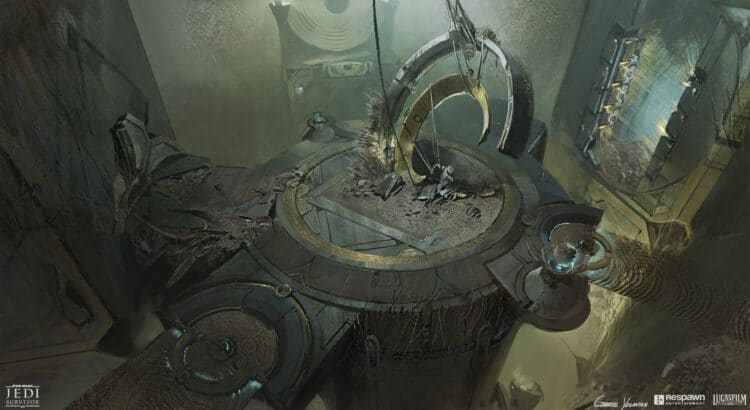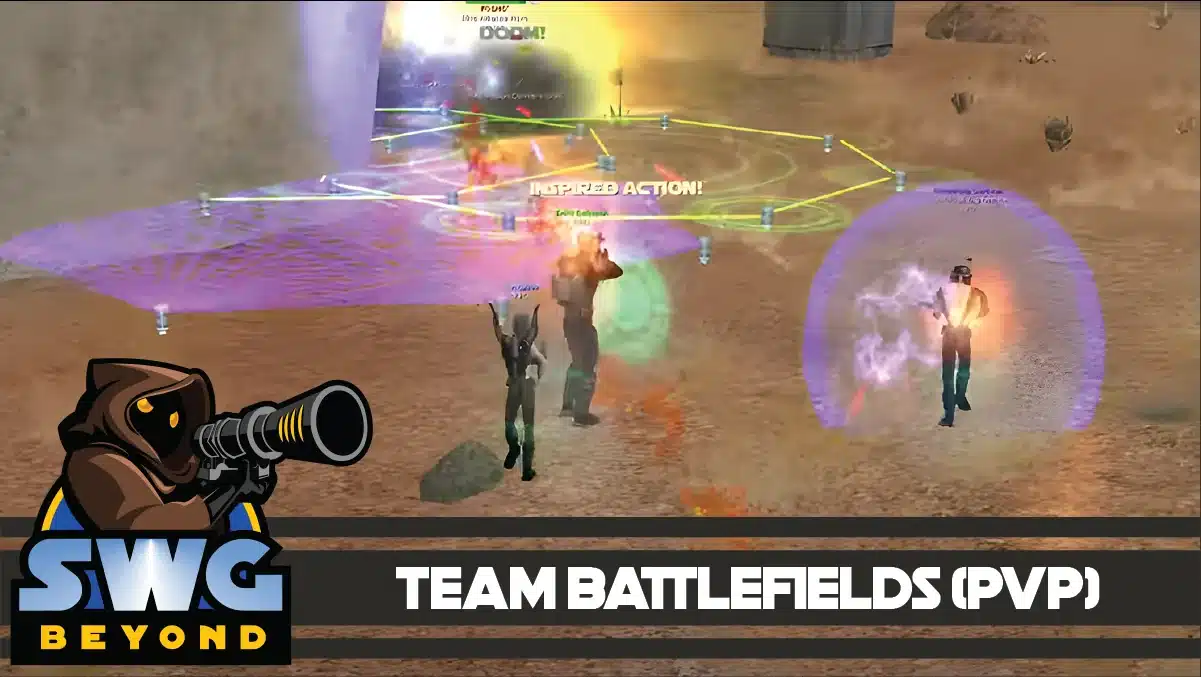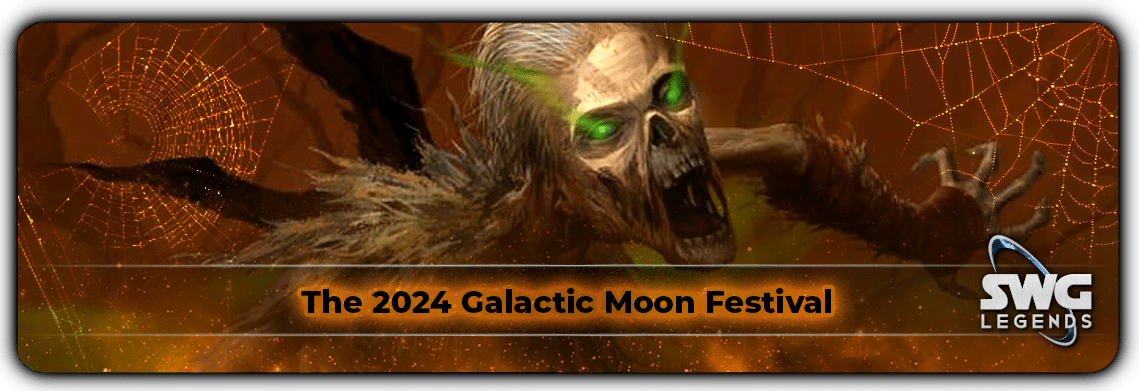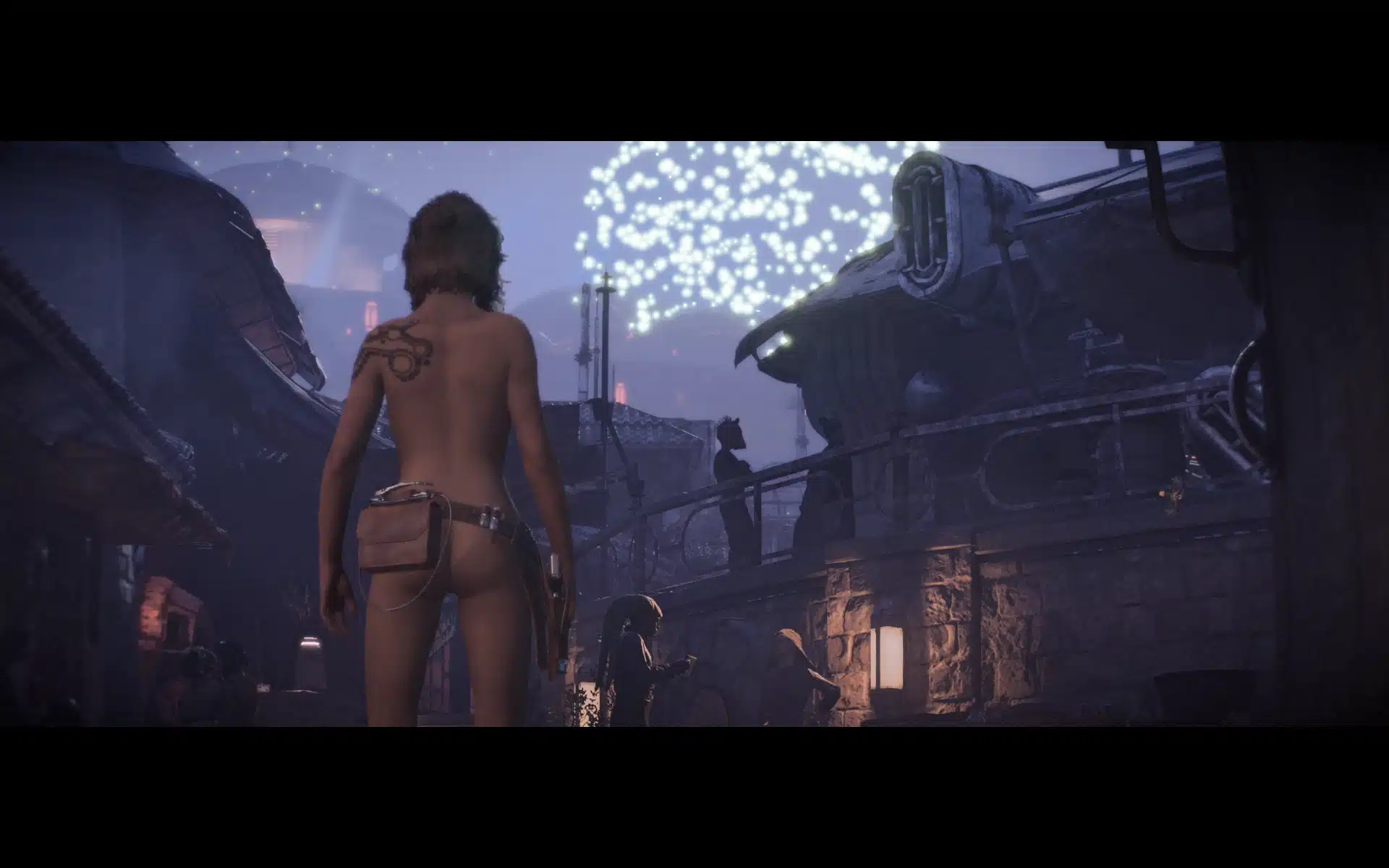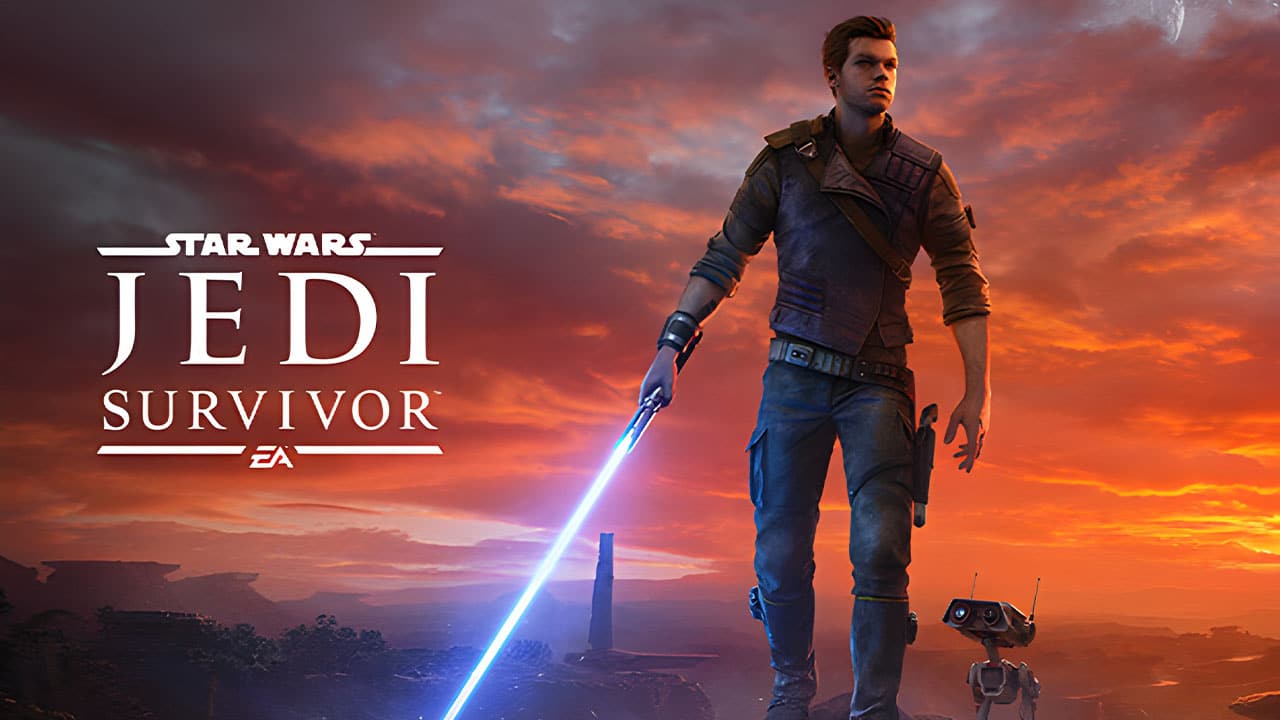“A room full of peace, serenity, and… Koboh dust? Oh yes, because what’s a Jedi chamber without some mystical dust floating around?”
Concept art has a special place in video game development, and the meditation chamber in Star Wars Jedi: Survivor is no exception. Brought to life by the talented Gabriel Yeganyan, this art piece, showcased on his ArtStation page, introduces us to a mysterious, atmospheric chamber that would have any Jedi feeling right at home. Let’s take a closer look at this striking design.
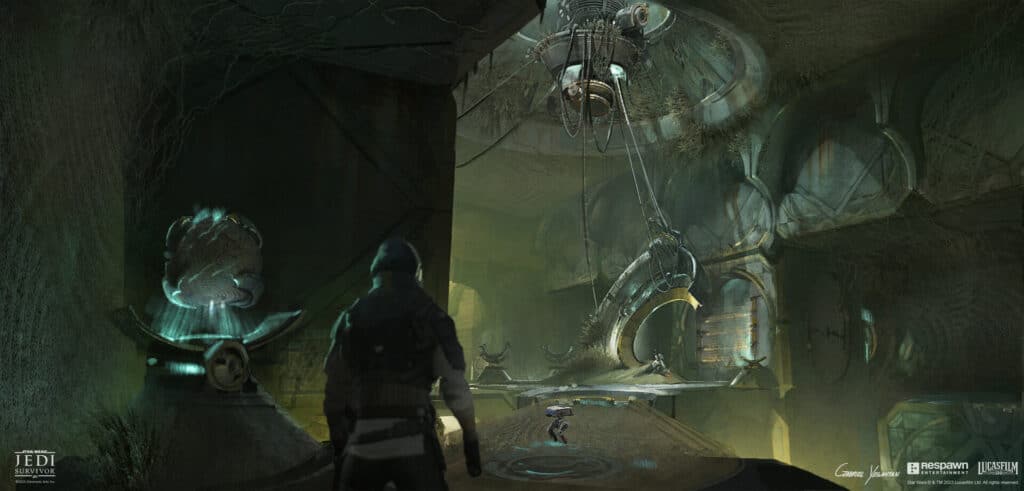
The Outpost Meditation Chamber: Where Zen Meets High-Tech
Imagine being Cal Kestis, wandering through an outpost filled with caves, broken walls, and… giant mechanisms? Yes, that’s exactly what Gabriel Yeganyan aimed to create with this concept. The Jedi Meditation Chamber, as seen in Star Wars Jedi: Survivor, is more than just a room for peaceful reflection; it’s a cleverly designed puzzle waiting to be solved. The chamber connects to the rich lore of the High Republic era and integrates these enormous machines as key elements for solving puzzles.
It’s Not Just Dust… It’s Koboh Dust!
In Yeganyan’s concept, the chamber manipulates “Koboh dust”—probably not the kind of thing you want in your lungs, but it’s a great visual cue for Star Wars fans. This dusty substance is central to the design, with the large turning machines in the chamber subtly hinting at the interconnected mechanisms controlling the space.
Think of it like a Jedi version of a fidget spinner. You can’t just sit and meditate—oh no!—you’ve got to work those big machines and make sure everything is perfectly aligned to, you know, prevent the dust from swallowing you whole. Classic Jedi problems.
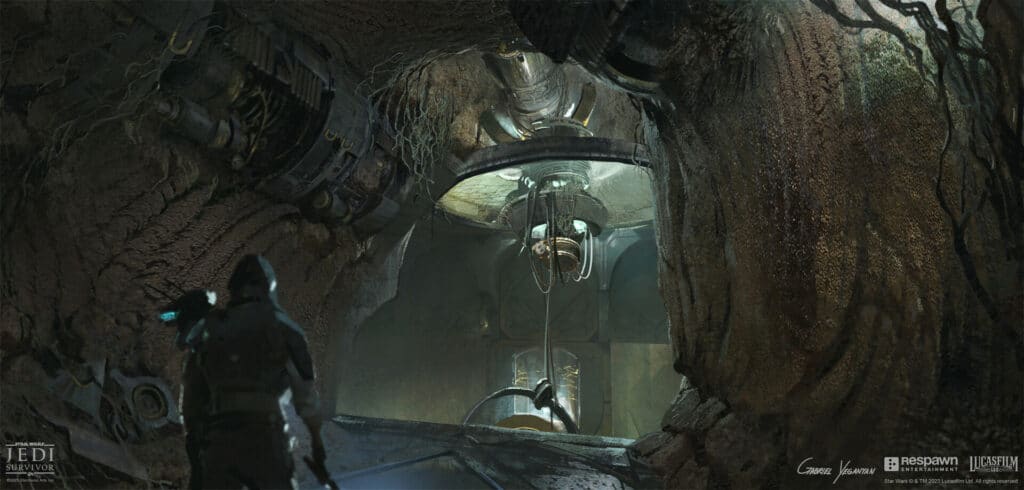
The High Republic Influence: Structures of the Past
This concept art isn’t just eye candy; it also taps into the larger Star Wars narrative. The High Republic era is known for its advanced yet mysterious structures, and the meditation chamber is no different. Gabriel’s design has a sense of history, with towering walls and a layout that feels both ancient and functional. It’s like someone decided to combine Jedi meditation practices with a Rube Goldberg machine.
These chambers aren’t just for peaceful reflection—they’re a connection to the galaxy’s past, full of hidden meanings and complex machinery that only a Jedi could truly understand (or, if you’re like Cal Kestis, accidentally destroy and fix in the process).
Zee’s Grand Introduction
Here, Cal is introduced to ZN-A4 (or “Zee” for short), a quirky droid that becomes central to the narrative. Gabriel’s design sets the stage for this important encounter. The chamber’s intricate design elements don’t just serve an aesthetic purpose—they also play a functional role, like how these machines link Zee to the vast workings of the subterranean world.
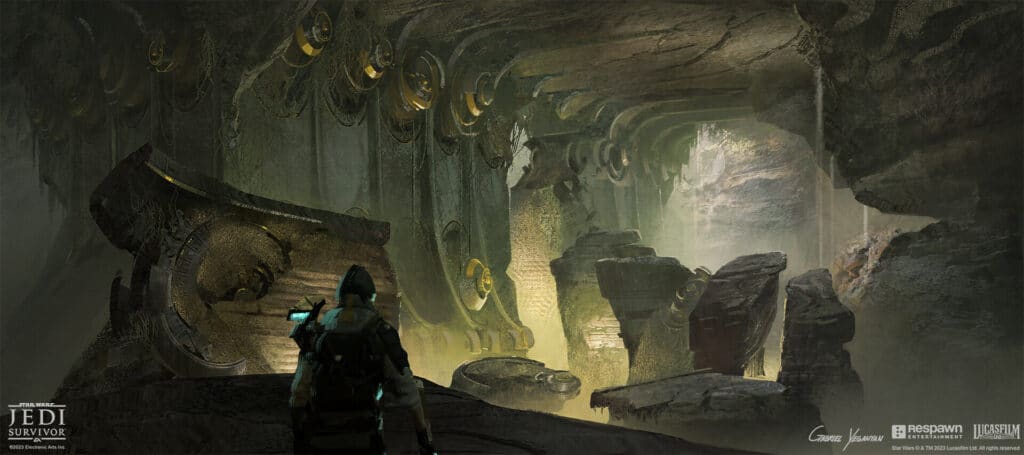
A Controlled and Theatrical Environment
There’s something inherently theatrical about the meditation chamber. Gabriel’s goal was to give the chamber a “puppeteered” feel, as if the whole place was part of a grander design, controlled from somewhere deep within. It’s not just a room, it’s a stage. And Cal? He’s both the actor and the audience, navigating this space while trying to unlock its secrets.
The large, spinning mechanisms almost seem to operate independently, adding a sense of drama to the space. As you explore this subterranean chamber, you can’t help but feel that someone—or something—is pulling the strings. It’s that sense of control and mystery that makes the room more than just a place to chill. There’s always something hidden, something to discover.
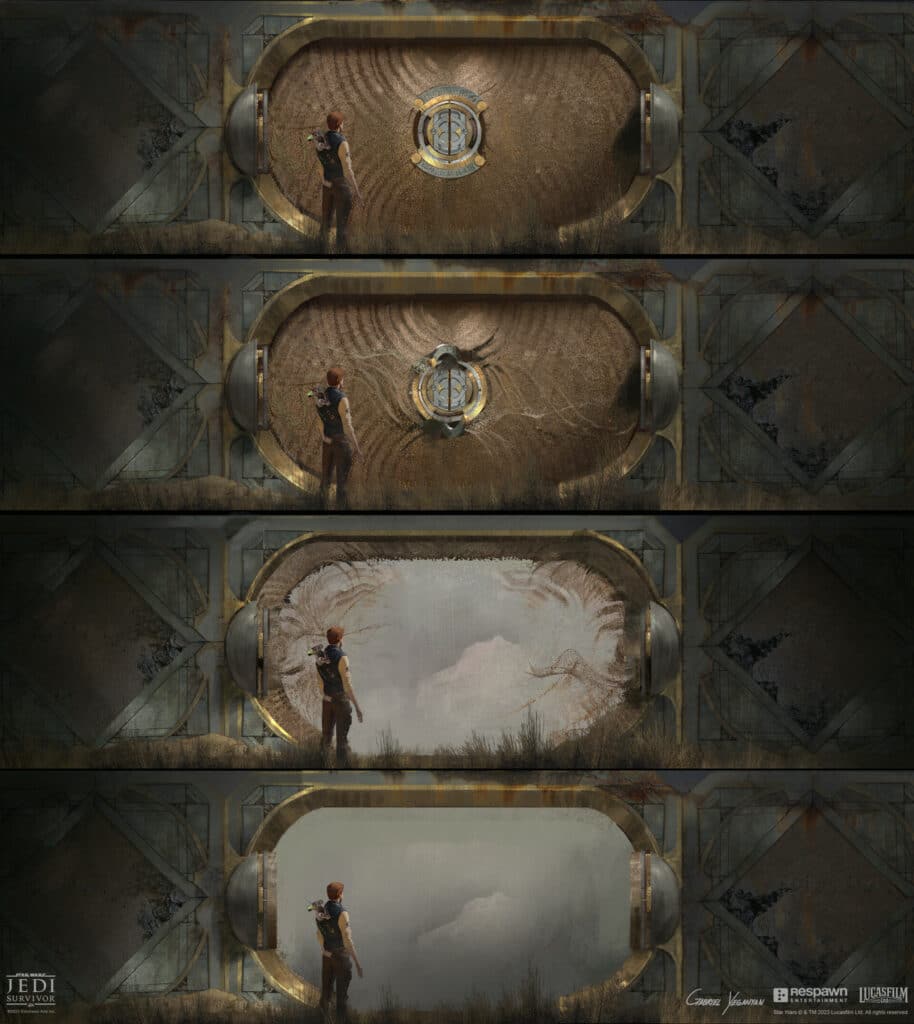
Gabriel Yeganyan: The Mind Behind the Madness
Gabriel Yeganyan isn’t just some random dude with a stylus and a dream. He’s a seasoned concept artist and art direction consultant in the entertainment industry. With a background in architecture and history, Gabriel has a knack for creating immersive worlds that feel lived-in and rich with lore.
His work on the Star Wars Jedi: Survivor game draws heavily from his experience, using architectural elements to create spaces that feel as real as they are fantastical. Plus, when you’re designing a space where ancient Jedi once meditated, a bit of historical knowledge goes a long way.
Yeganyan’s expertise also extends into teaching. He’s been an instructor at Otis College of Art and Design and currently teaches courses on Architecture and World Building at Concept Design Academy. So, when you look at this meditation chamber, you’re not just seeing a cool room—you’re seeing the result of years of experience and a deep understanding of how space, form, and function come together to tell a story.

Final Thoughts: A Room for Reflection (and Giant Machines)
In conclusion, Gabriel Yeganyan’s concept art for the Outpost Meditation Chamber in Star Wars Jedi: Survivor is more than just a pretty picture. It’s a fascinating blend of ancient architecture, futuristic machinery, and Star Wars lore that serves as a pivotal setting in the game’s narrative. The chamber’s design pulls you in, making you feel as though there’s always another mystery to uncover, another mechanism to turn, and another layer of dust to dodge.
So, next time you find yourself in a galaxy far, far away, and you’re looking for a nice place to sit down and clear your mind, remember—you might have to deal with some Koboh dust and a few massive machines first!
This blog is a tribute to Gabriel Yeganyan’s artistry and the creative minds behind Star Wars Jedi: Survivor. If you’re curious to see more of his work, check out his ArtStation page.
Stay up-to-date with the latest news, updates, and exclusive content! Click here to follow us on Google News and never miss a story from the galaxy and beyond.


